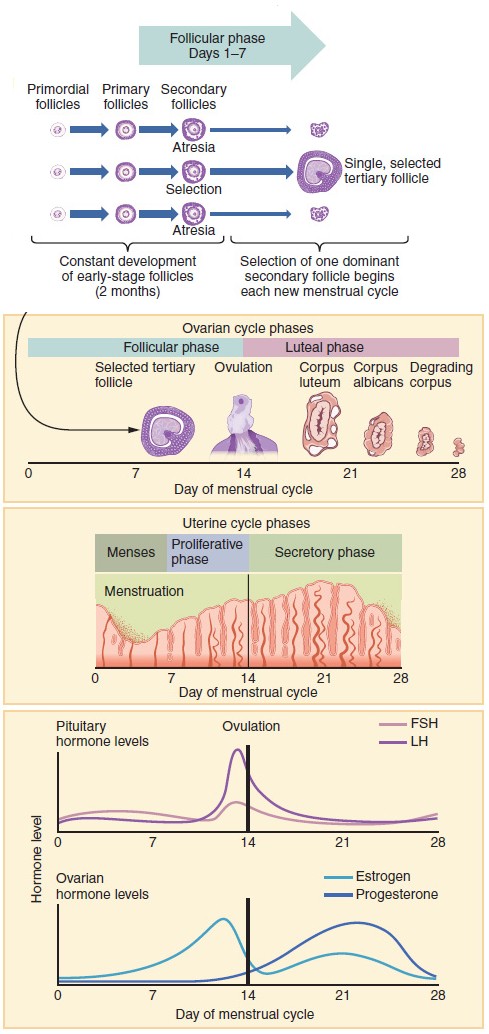Understanding Point and Figure Chart Basics Newbie Guide
Post on: 12 Июль, 2015 No Comment

The point and figure chart has become well known as one of the most effective systems used in determining great entry and exit points in stock market trading today. If you find yourself being keen on learning more about the point and figure chart, you have come to the right place. Here we will take a closer look at how to read, draw, and how to use the point and figure chart in your own stock trading venture.
What is a Point and Figure Chart?
The point and figure chart is a charting method that is commonly used by traders attempting to predict financial markets. Unlike most other techniques in technical analysis, the point and figure chart plots the price against directional change instead of price against time.
How to read a Point and Figure Chart
Stock traders will agree that the supply and demand of a stock is what ultimately determines the price of a stock. This said, reading a point and figure chart is as easy as 123. If the given stock has a rise in price and you have an uptrend in place (three or more Xs), then demand has overcome supply. Reversal is when the chart relects three Os. This will indicate that the supply has overcome the demand.
How to draw a Point and Figure Chart
In general, the correct way of drawing a point and figure chart is to plot each individual price change manually. However, many traders have turned to using summary prices (end of day prices), instead of facing the nightmare of plotting a large quantity of stocks. In order for you to draw your own point and figure chart, simply follow these steps:
1. Construct a price unit on your graph paper. This unit should be represented by a single box.
2. Decide which value should be represented by X and O
3. Draw and place your X in a box to indicate upward movement or an O to indicate a downward movement.
4. When the price changes direction by the value of a certain amount of Xs and Os simply create a new column. This means that a price reversal has occured.
It is already an estalished fact that a point and figure chart can help traders determine good entry and exit points (buy and sell points), in the market, essentially allowing the trader to trade with more objectivity. Here are some point and figure chart patterns along with their resulting trade signals:
Buy Signals (entry) Buy signals are indicated by a higher bottom followed by a higher top. Examples of such sigals may include: double top, triple top, bullish triangle, low pole, and bullish catapult.
Sell Signal (exit) Sell signals are generally indicated by a lower top followed by a lower bottom. Examples of such signals may include: double bottom, triple bottom, bearish triangle, high pole, and bearish catapult.
Advantages of a Point and Figure Chart
The point and figure chart has many advantages, some of which includes the following:
Simple to understand and use (beginner friendly)
Only price is plotted (excludes the plotting of time)
Only price reversals matter
Indicates clear buy and sell signals (entry and exit points)
Trends are much easier identifiable
By familiarizing yourself with the point and figure chart system you are bound to achieve success in your own stock trading ventures. Here, not only will you be able to see buy and sell signals more clearly, but but you will also be able to identify market trends much easier and make better trading decisions, essentially helping you achieve your goal in making money on the markets.














